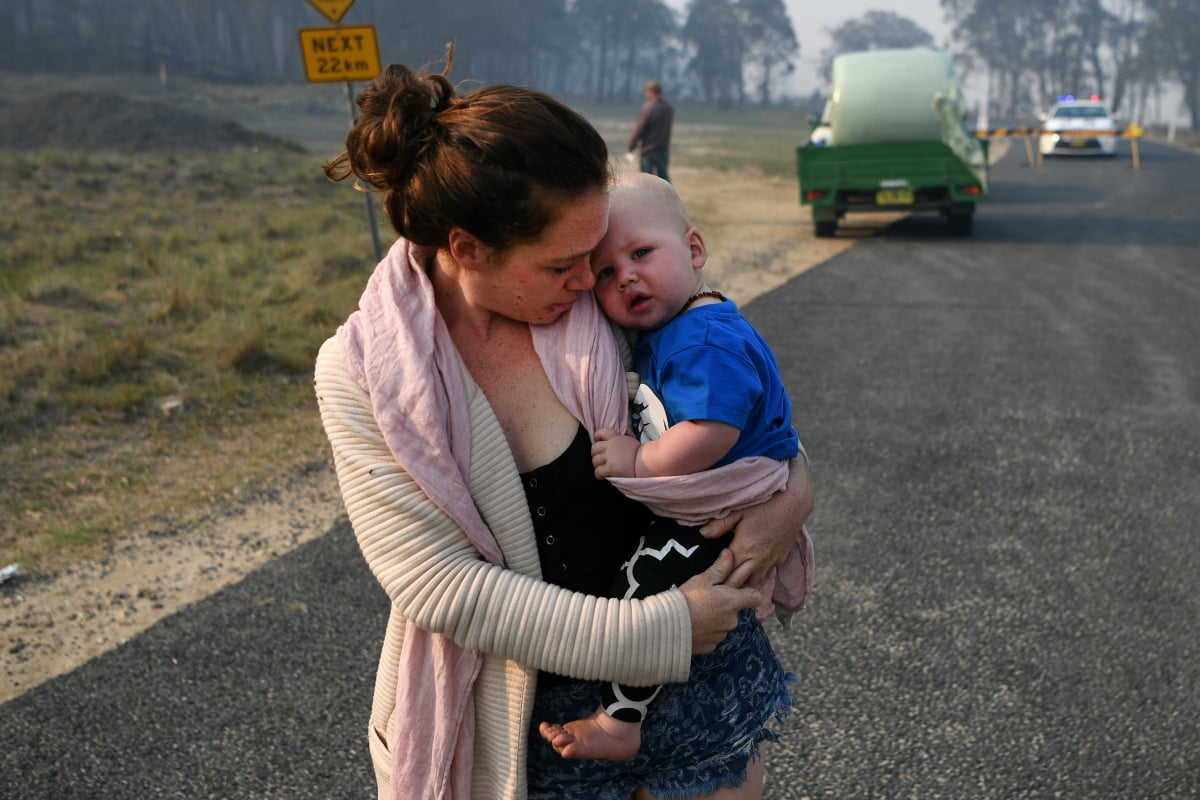
Eastern Australia is on fire. Skies over New South Wales and Queensland are thick with smoke from more than 100 blazes burning in never-before-seen bushfire conditions.
Three lives and more than 150 homes have already been lost, and stories are emerging from the fire-front of those who narrowly escaped the roaring wall of flames. Words like “unpredictable”, “ferocious”, ” apocalyptic” echo among them.
Emily Smith was forced to flee when a fire approached her Bobin home. When she returned there was little left. Post continues after.
Such was the speed and strength of many of these blazes, that some residents had barely an hour to flee.
If you found yourself in that situation, would you know what to do? What to wear? What to pack?
Here’s advice from rural fire services around Australia.
When to leave.
The decision to stay and defend your home or evacuate is an incredibly difficult one, but in extreme conditions, it can spell the difference between life and death.
When resources are stretched, there won’t always be a knock at the door or a phone call telling you to evacuate. Nor is a firetruck guaranteed to reach you if you call 000.




























































































